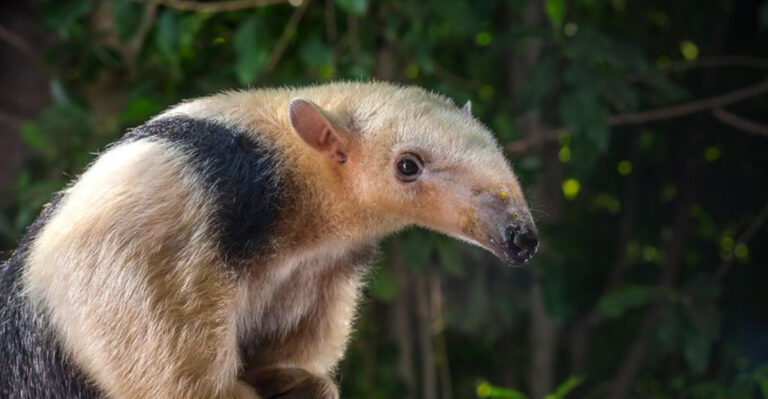Guess Who’s Digging Up Ohio Lawns? Meet The Armadillo Now Moving North
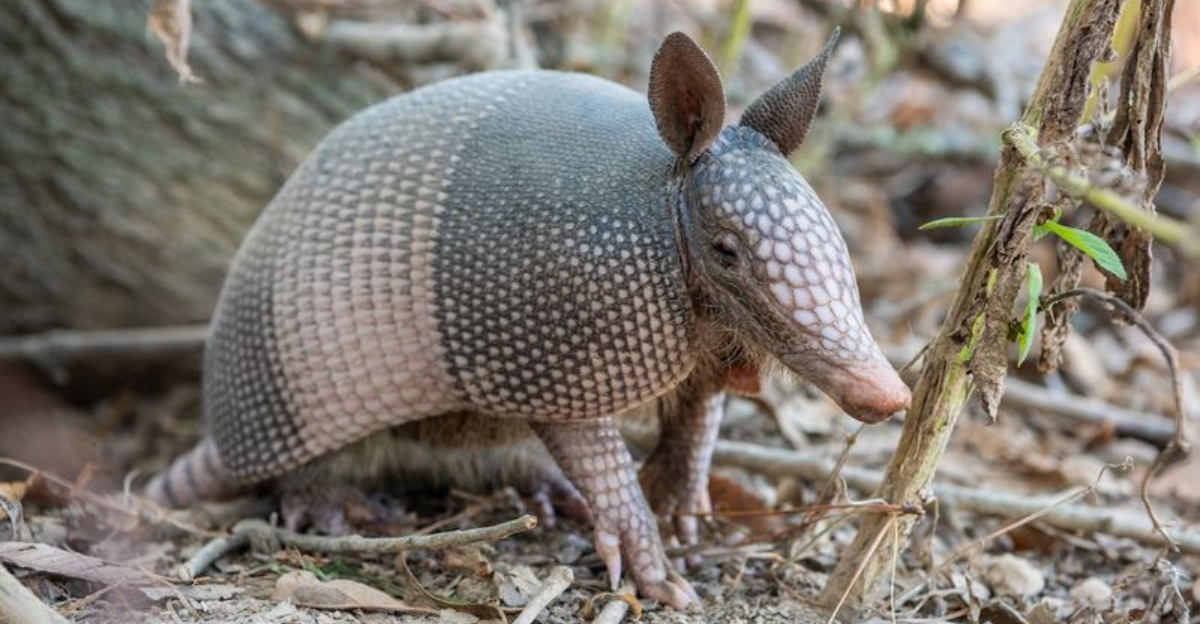
Ohio homeowners are discovering mysterious holes in their lawns that weren’t there before, and the culprit is surprising everyone. Armadillos, those armored mammals typically associated with Texas and the Deep South, are steadily making their way into the Buckeye State.
This unexpected northern expansion is raising eyebrows among wildlife experts and gardeners alike, as these prehistoric-looking creatures bring both challenges and fascinating ecological implications.
The Armadillo’s Slow But Steady March Into Ohio
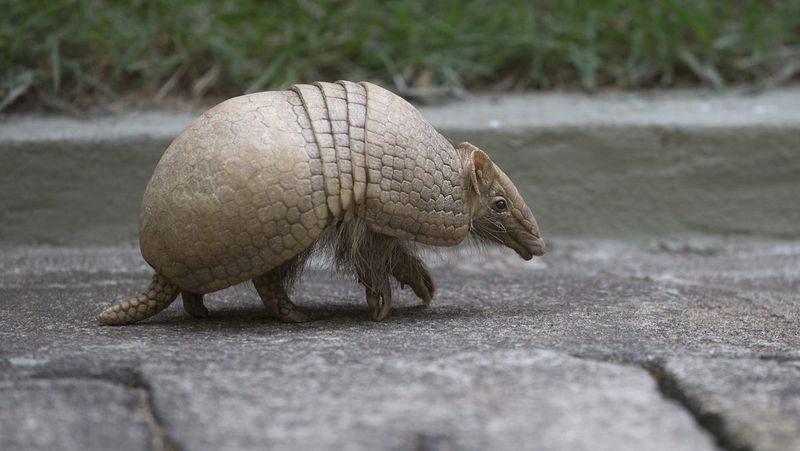
These armored pioneers have been inching northward for decades, but their arrival in Ohio marks a significant milestone in their expansion. Armadillos don’t migrate seasonally like birds – they simply expand their territory generation by generation.
Wildlife biologists first documented occasional armadillo sightings in southern Ohio around 2010. Since then, reports have become more frequent and widespread. Their advance resembles the historic spread of opossums, which were once strictly southern creatures but now thrive throughout the Midwest.
For Ohioans, these diggers represent nature’s remarkable adaptability in our changing world.
A Southern Species Turns Up In Unexpected Backyards
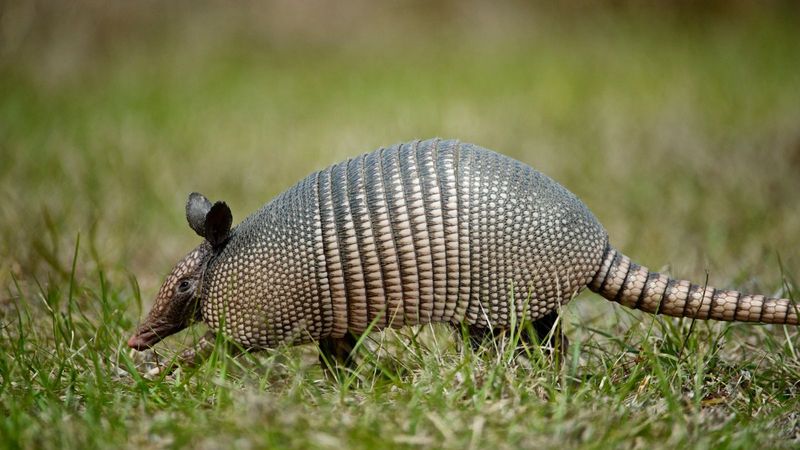
Imagine stepping onto your porch one morning to find what looks like a miniature tank rooting around your flower beds! That’s becoming reality for startled Ohio residents who never expected to see armadillos in their lifetime – at least not outside a zoo.
Residents from Cincinnati to Columbus have reported these unusual visitors digging cone-shaped holes about 3-5 inches deep while searching for grubs and insects. Their distinctive tracks – four toes on the front feet and five on the back – leave clear evidence of their nighttime foraging adventures.
Many homeowners initially mistake them for groundhogs or raccoons until they spot the telltale armor.
What Makes The Nine-Banded Armadillo So Unique
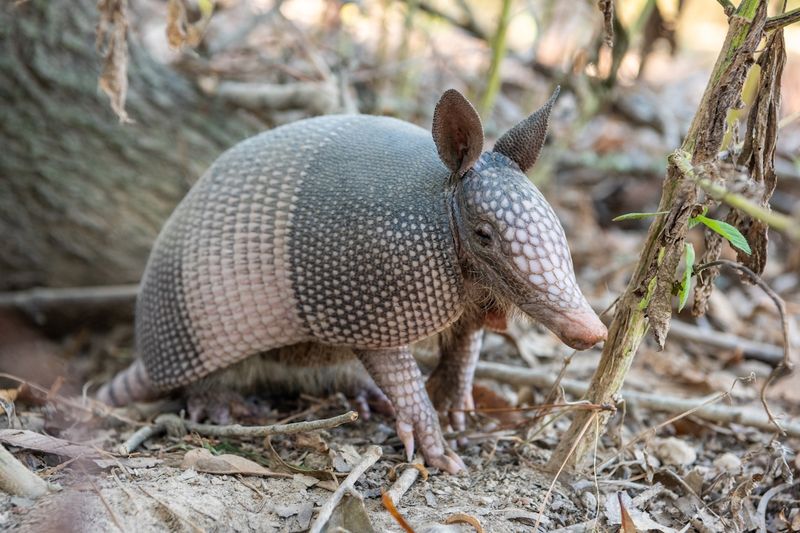
The nine-banded armadillo sports a suit of bony armor that makes it look like a walking fossil – which isn’t far from the truth! These living relics belong to an ancient order of mammals that once included car-sized glyptodonts roaming prehistoric America.
Their most famous trick? When startled, they can leap 3-4 feet vertically – a defense mechanism that unfortunately makes them vulnerable to vehicle collisions. Female armadillos always give birth to identical quadruplets from a single fertilized egg, producing four genetic clones every time.
Despite their prehistoric appearance, they have poor vision but compensate with an exceptional sense of smell.
How Warmer Winters Are Opening The Door For Armadillos
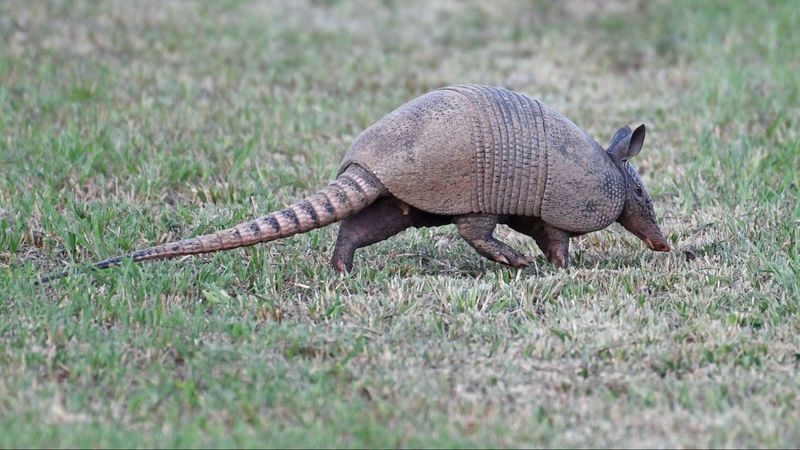
Cold weather once formed a natural barrier keeping armadillos contained to southern states. Unlike many mammals, armadillos can’t hibernate and don’t store fat well, making frigid temperatures potentially fatal for them.
Ohio’s average winter temperatures have risen approximately 3°F since 1970, creating just enough of a buffer for these armored mammals to survive. The reduction in consecutive days below freezing has been particularly crucial, allowing armadillos to forage during brief warm spells.
Scientists track their expansion as a living barometer of climate change. Each new county sighting helps researchers map shifting temperature patterns across the Midwest.
Why Ohio’s Habitats Are Suddenly A Good Fit
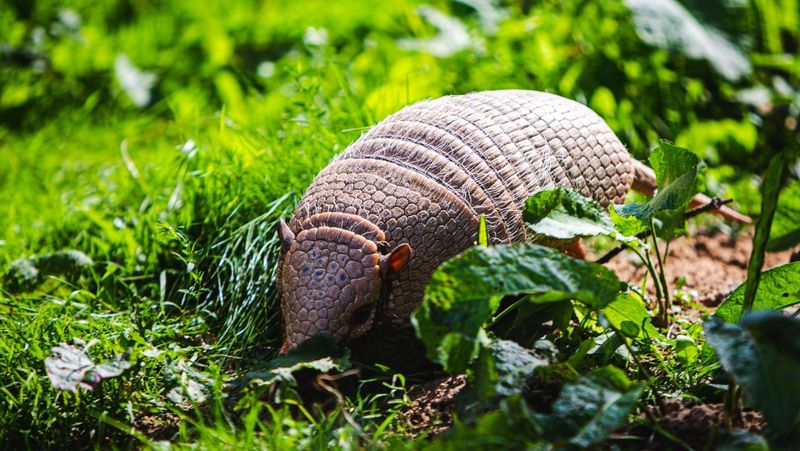
Beyond just warming temperatures, Ohio offers armadillos a surprising buffet of opportunities. The state’s mix of agricultural fields, suburban landscapes, and woodlands creates perfect foraging grounds for these insect-eaters. A single armadillo can consume up to 200 pounds of insects yearly!
Ohio’s abundant earthworms, grubs, and soil-dwelling insects provide a nutritional jackpot. The state’s numerous rivers and streams satisfy their need to stay near water sources. Even human development works in their favor – roadside ditches and culverts offer ready-made burrow locations.
Their adaptability to disturbed landscapes gives them an edge over specialized native species.
How Fast Are Armadillos Expanding Their Range?
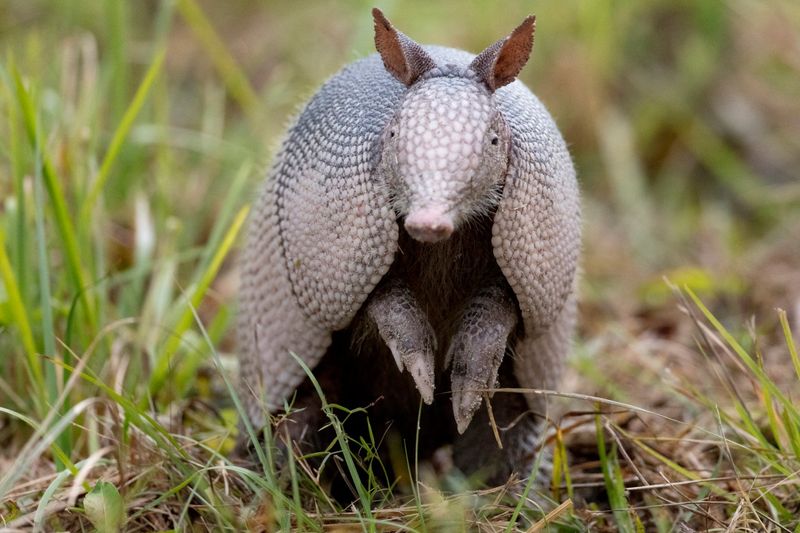
These armored pioneers are advancing northward at an average rate of 7-8 miles per year – much faster than scientists initially predicted! Their expansion isn’t uniform but follows corridors where conditions are most favorable, particularly along river valleys.
Individual armadillos can travel up to 0.5 miles daily in search of food. Young armadillos disperse from their birth areas after reaching maturity, often traveling 1-3 miles to establish new territories. Genetic studies reveal they’re not just making temporary excursions but establishing breeding populations.
At their current pace, they could reach Lake Erie within a decade.
The Challenges Armadillos Still Face In Cold Climates
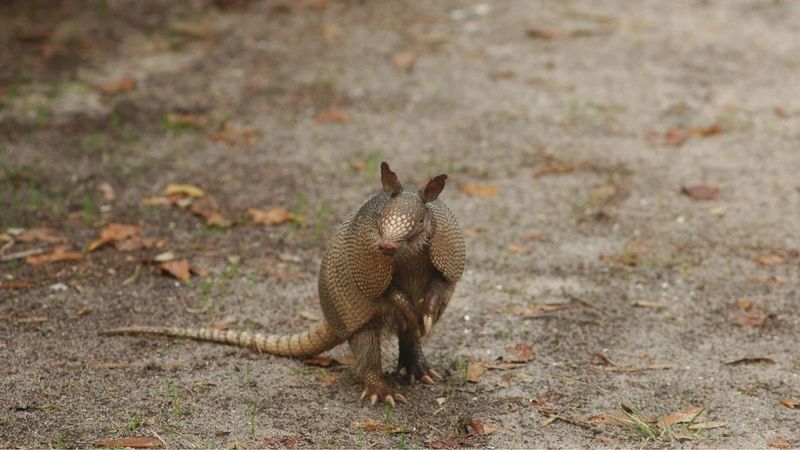
Life in Ohio isn’t all easy digging for these southern transplants. When temperatures drop below 35°F, armadillos struggle to forage effectively. Their thin shell provides minimal insulation against cold, forcing them to remain in burrows during freezing weather.
Harsh winters can still cause population setbacks. Researchers have observed armadillos digging deeper burrows in northern territories – up to 15 feet long compared to their typical 7-foot southern homes. Finding suitable den sites becomes critical for winter survival.
Their breeding season shifts later in northern regions, giving offspring less time to mature before winter challenges arrive.
Where Armadillos Have Already Been Spotted In Ohio
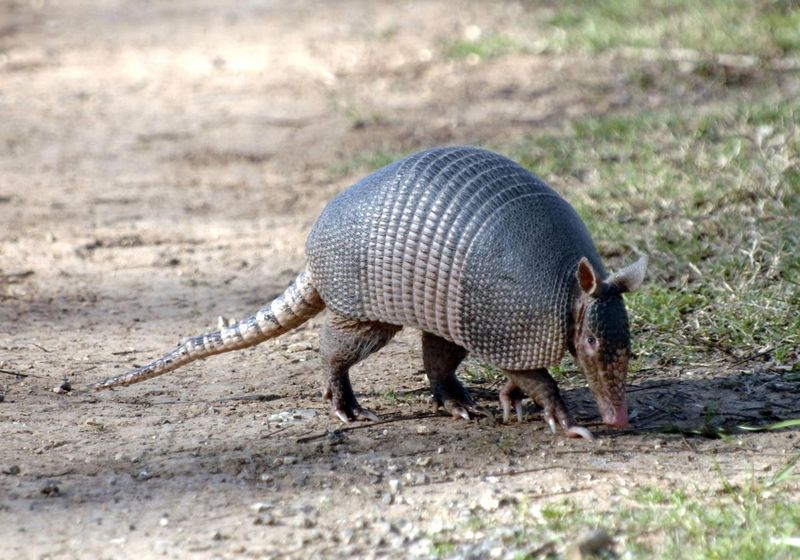
The first confirmed armadillo sighting in Ohio occurred near Cincinnati in Hamilton County in 2012. Since then, documented appearances have spread to Adams, Brown, Clermont, Butler, and even as far north as Franklin County, where Columbus is located.
Most sightings cluster along the Ohio River valley, suggesting they’re following this natural corridor northward from Kentucky. Trail cameras have captured nighttime images of armadillos visiting backyard bird feeders to snatch fallen seeds. Road mortality provides many confirmed records, as unfortunate armadillos become roadkill.
The Ohio Division of Wildlife now maintains an official armadillo sighting database for citizen reports.
What Their Arrival Could Mean For Local Wildlife And Gardens
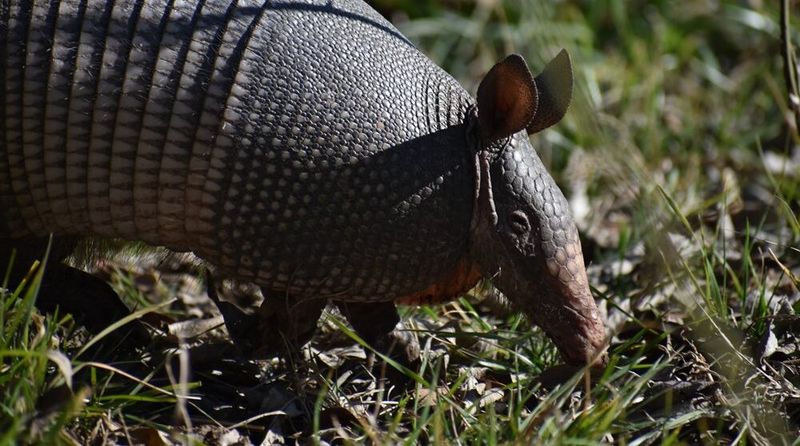
Armadillos are prolific diggers, creating 3-5 inch deep conical holes that can disrupt lawns, gardens, and golf courses. A hungry armadillo can overturn substantial patches of mulch or leaf litter overnight while hunting for food.
Their arrival introduces a new competitor for ground-nesting birds like killdeer and meadowlarks, as armadillos readily consume eggs when discovered. However, they also provide ecological benefits by controlling destructive grubs and pest insects that damage crop roots.
Native predators like coyotes, foxes, and large owls are quickly learning to target these newcomers, potentially creating new predator-prey dynamics in Ohio’s ecosystems.
What To Do (And Not Do) If You See An Armadillo Nearby
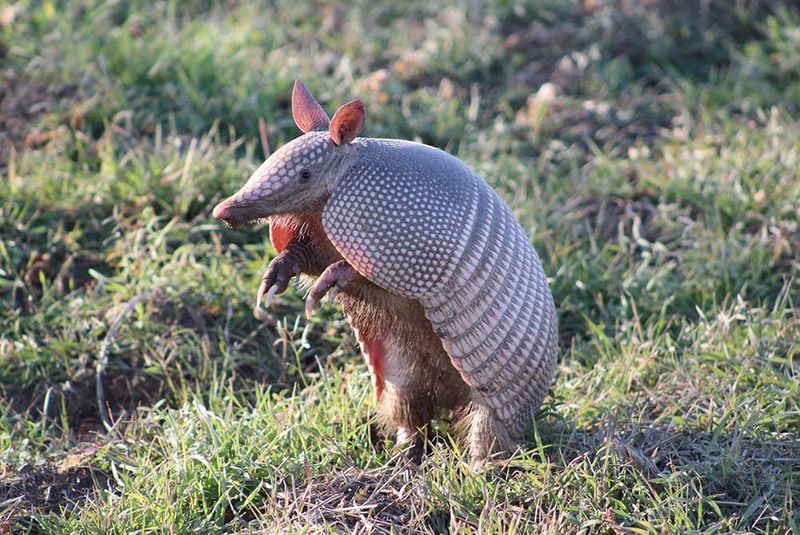
Spotted an armadillo? Keep your distance – while not aggressive, they can carry diseases and may jump when startled. Never handle them without proper protection, as they’re one of the few animals that can transmit leprosy to humans (though the risk is extremely low).
Document the sighting with photos and report it to your local wildlife agency. This valuable data helps track their expansion. Contrary to popular belief, armadillos are protected in Ohio as non-game wildlife, making it illegal to harm them without proper permits.
Avoid cornering them in enclosed spaces – their jumping reflex can result in injury to both you and the animal.
Tips For Protecting Your Lawn Without Harming Wildlife
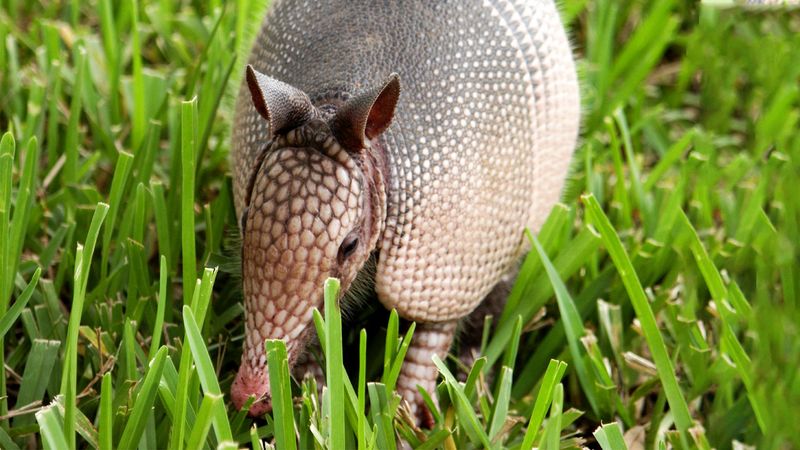
Found your lawn looking like a miniature golf course with dozens of small holes? Before reaching for harsh deterrents, try installing a simple 12-inch buried fence barrier around prized garden areas – armadillos are poor climbers but excellent diggers.
Remove attractive food sources by treating lawns for grubs and insects using nematodes or milky spore, both natural and wildlife-safe options. Motion-activated sprinklers provide humane startling effects that discourage nighttime visitors without causing harm.
Clearing brush piles and securing spaces under decks eliminates potential denning sites, encouraging armadillos to seek real estate elsewhere without confrontation.
What Armadillos Signal About A Changing Ecosystem
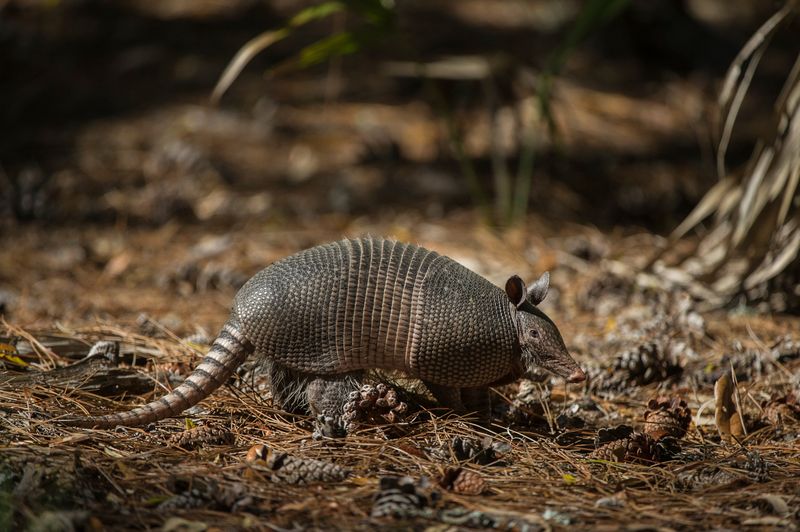
Armadillos serve as living climate indicators – their presence in Ohio tells a broader story about environmental shifts occurring across North America. Scientists call them “sentinel species” because they visibly demonstrate the effects of warming temperatures on wildlife distributions.
They join other southern species expanding northward, including the Virginia opossum, certain warblers, and even some insect species. This reshuffling creates novel ecological communities with no historical precedent. For ecologists, these natural experiments provide valuable insights into adaptation and resilience.
The armadillo’s journey reminds us that nature remains dynamic, constantly responding to changing conditions regardless of state boundaries.

